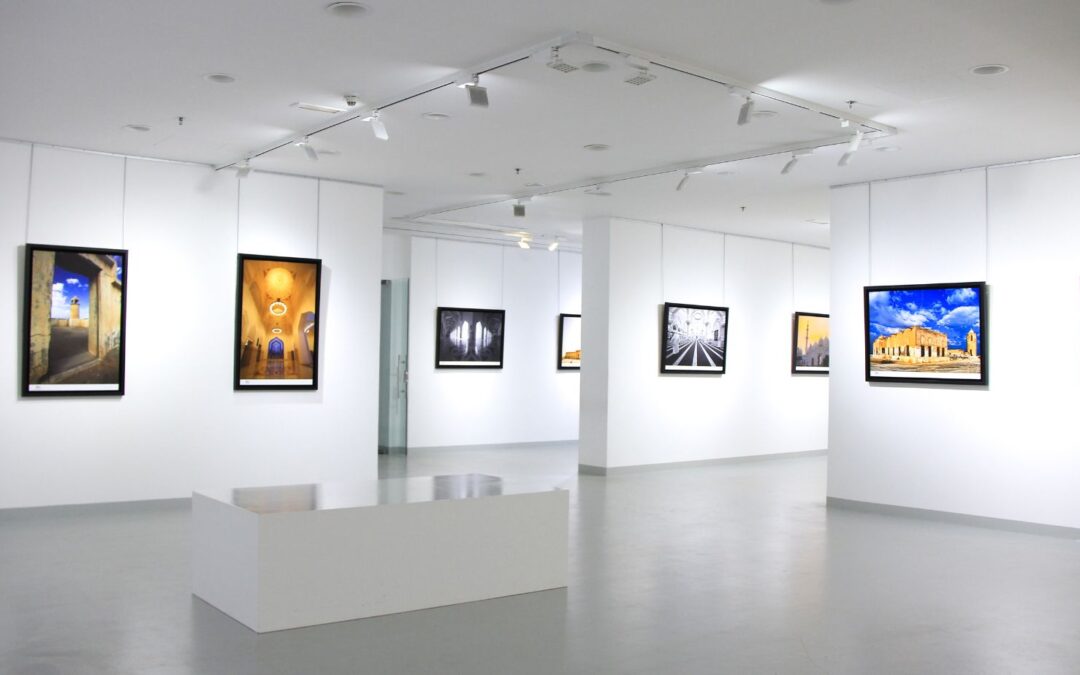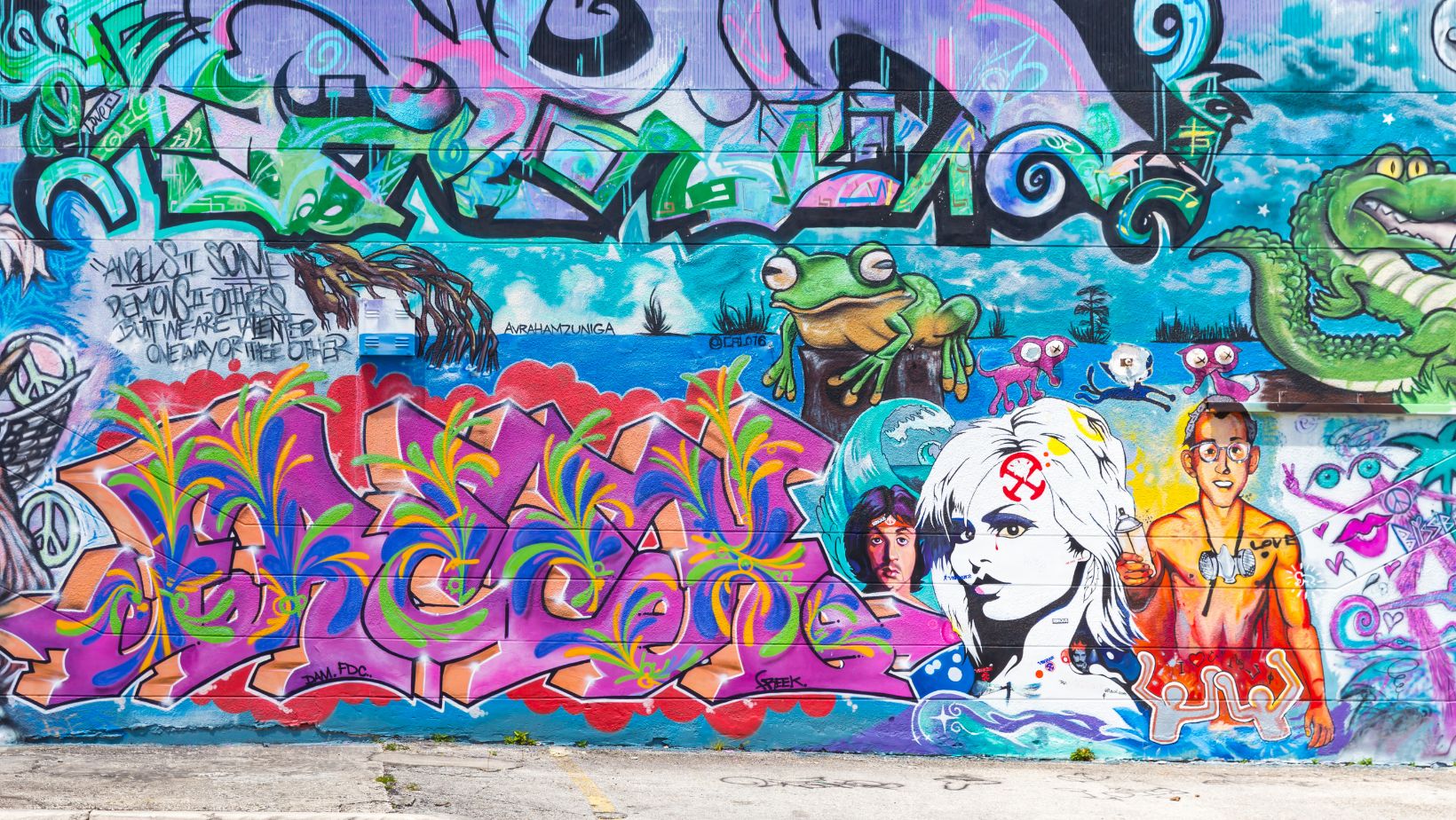In our interconnected world, the cross-pollination of global cultures has had a profound impact on contemporary art. Artists today draw inspiration from a tapestry of cultural traditions, creating works that transcend geographic and cultural boundaries. This fusion of diverse influences has enriched the art world, leading to innovative and thought-provoking creations that resonate on a universal scale. Let’s explore how global cultures shape contemporary art, highlighting the ways in which this vibrant exchange influences creativity, expression, and cultural dialogue.
A Global Canvas: Blending Cultural Narratives
Contemporary Art is a reflection of our globalized society, where cultural exchange is more accessible than ever before. Artists travel, communicate, and collaborate across borders, absorbing and integrating elements from various cultures into their work. This blending of cultural narratives allows artists to create pieces that speak to a broad audience, incorporating motifs, techniques, and stories from diverse traditions. The result is a rich and dynamic art scene that celebrates the beauty of cultural diversity.
Cultural Identity and Personal Expression
Artists often use their work to explore and express their cultural identity. By drawing on their heritage, they create pieces that offer a glimpse into their personal experiences and cultural background. This exploration can be seen in the use of traditional materials, symbols, and techniques, which are reinterpreted in a contemporary context. The fusion of the old and the new allows artists to honor their roots while also pushing the boundaries of their creative expression.
Global Movements and Artistic Trends
The influence of global cultures on contemporary art can be seen in the emergence of various artistic movements and trends.
For example, the rise of street art and graffiti can be traced back to the urban environments of New York and Philadelphia, but has since spread worldwide, absorbing local styles and cultural references along the way. Similarly, the vibrant patterns and bold colors of African art have inspired contemporary artists to experiment with new forms and styles, creating works that reflect a global aesthetic.
Cultural Appropriation vs. Cultural Appreciation
The intersection of global cultures in contemporary art often sparks debate about cultural appropriation versus cultural appreciation. While some argue that borrowing elements from other cultures can lead to misrepresentation and exploitation, others believe that such exchanges can foster mutual understanding and respect. It is crucial for artists to approach cultural influences with sensitivity and awareness, ensuring that their work honors and respects the traditions they draw from. This dialogue highlights the importance of ethical considerations in the global art scene.
The Role of Technology and Social Media
Technology and social media have played a significant role in facilitating the exchange of cultural ideas in contemporary art. Platforms like Instagram, Pinterest, and online galleries allow artists to share their work with a global audience, receive feedback, and gain inspiration from different cultures. This digital connectivity has democratized the art world, making it easier for emerging artists to gain exposure and for diverse cultural influences to permeate mainstream art. The result is a more inclusive and interconnected art community.
Global Art Fairs and Biennales
Global art fairs and biennales have become crucial venues for showcasing contemporary art influenced by global cultures. Events like the Venice Biennale, Art Basel, and the São Paulo Art Biennial bring together artists from around the world, offering a platform for cultural exchange and collaboration. These events not only highlight the diversity of contemporary art but also promote cross-cultural dialogue and understanding. They provide artists with opportunities to connect with collectors, curators, and audiences from different cultural backgrounds.
Education and Cross-Cultural Collaboration
Art education has embraced the importance of global cultures, encouraging students to explore and incorporate diverse influences in their work.

Art schools and universities often offer programs that focus on global art history, multiculturalism, and cross-cultural collaboration. This educational approach equips emerging artists with the knowledge and skills to create work that reflects the interconnectedness of our world. Collaborative projects and residencies also provide artists with the chance to immerse themselves in different cultures, further enriching their creative practice.
Conclusion
The influence of global cultures on contemporary art is a testament to the power of cultural diversity and exchange. As artists continue to draw inspiration from a multitude of traditions, they create works that resonate with a global audience, fostering a sense of shared humanity. This celebration of cultural diversity not only enriches the art world but also promotes understanding and respect across cultures. In a world that is increasingly interconnected, contemporary art stands as a vibrant and dynamic reflection of our collective cultural heritage.


